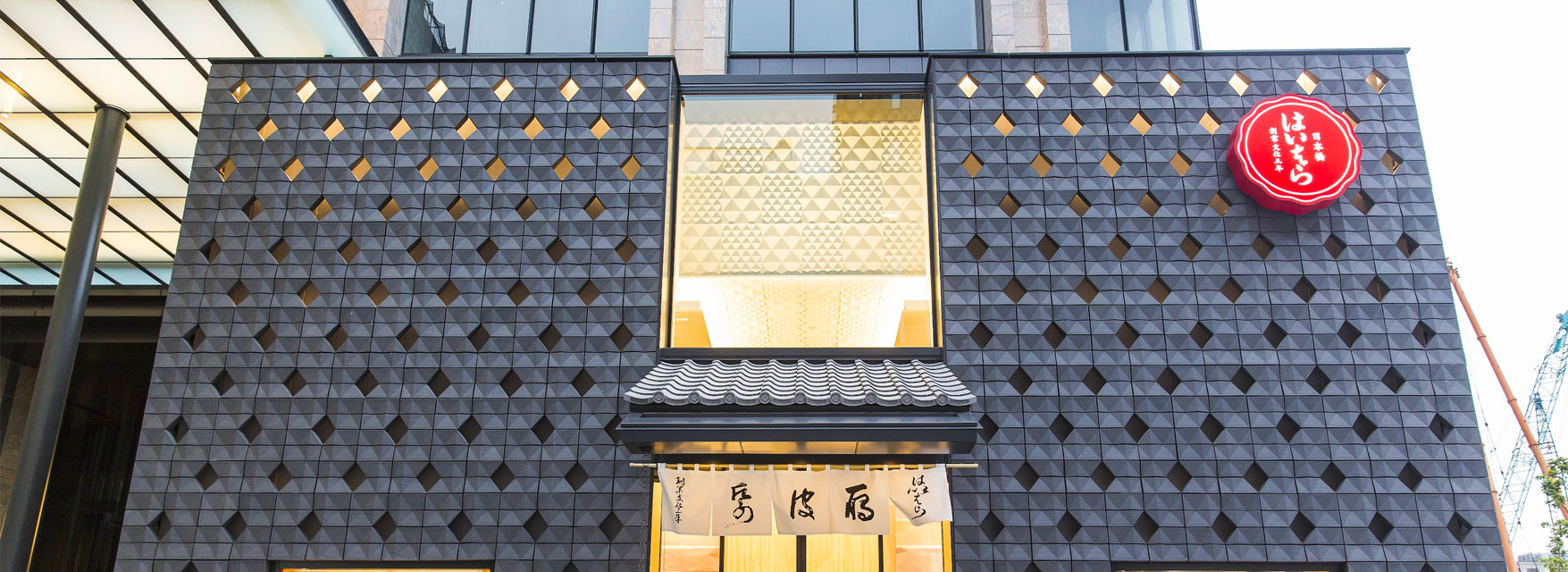Table of Contents
- Nihonbashi, a town of commerce where people and goods come and go, now and in the past
- Combining tradition and digital technology to express the beauty of Edo in the modern age
- With its eye-catching, sophisticated “ibushi-gin” appearance, the new store won the Good Design Award.
- Award History
- Access・Map
Nihonbashi, a town of commerce where people and goods come and go, now and in the past
With the opening of Edo, Nihonbashi developed rapidly and became the center of transportation and logistics, with the Nihonbashi River at its center.
Merchants and artisans gathered from all over the country, and a lively merchant culture blossomed.
During the Meiji period (1868-1912), the area actively welcomed new cultures from overseas. After the Taisho period (1912-1926), it overcame such hardships as the Great Kanto Earthquake and the Pacific War and grew considerably as the center of Tokyo.
Even though times have changed, the culture and spirit of Edo still live here and there throughout the city.
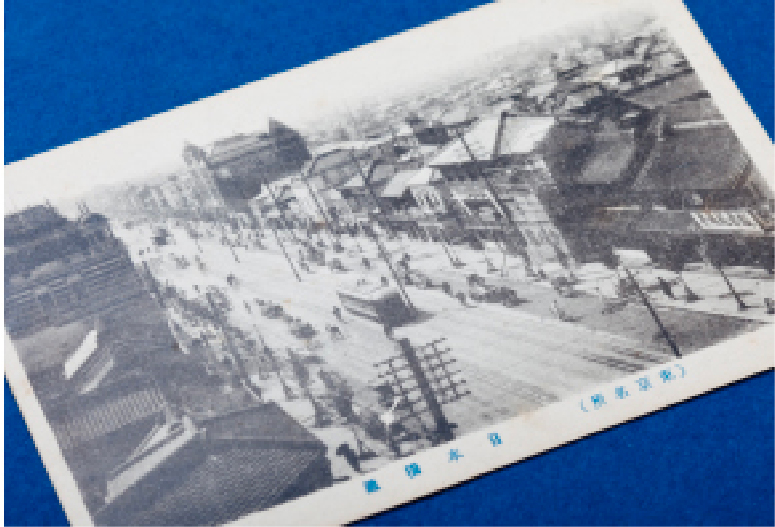
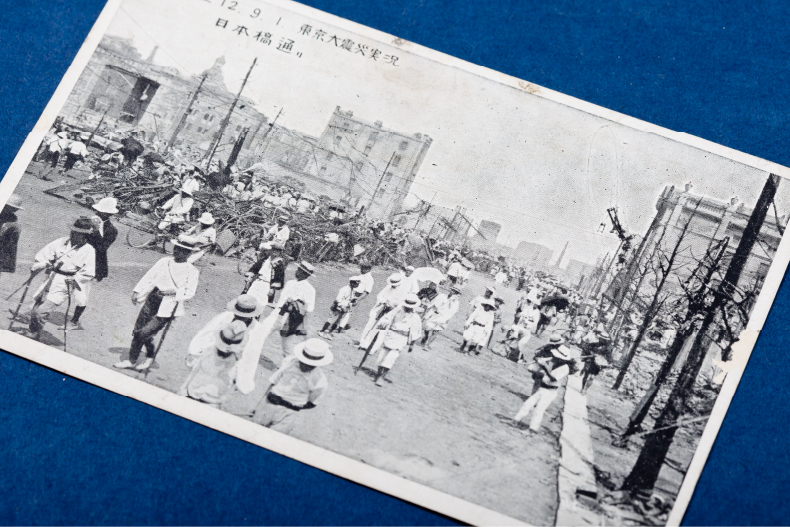
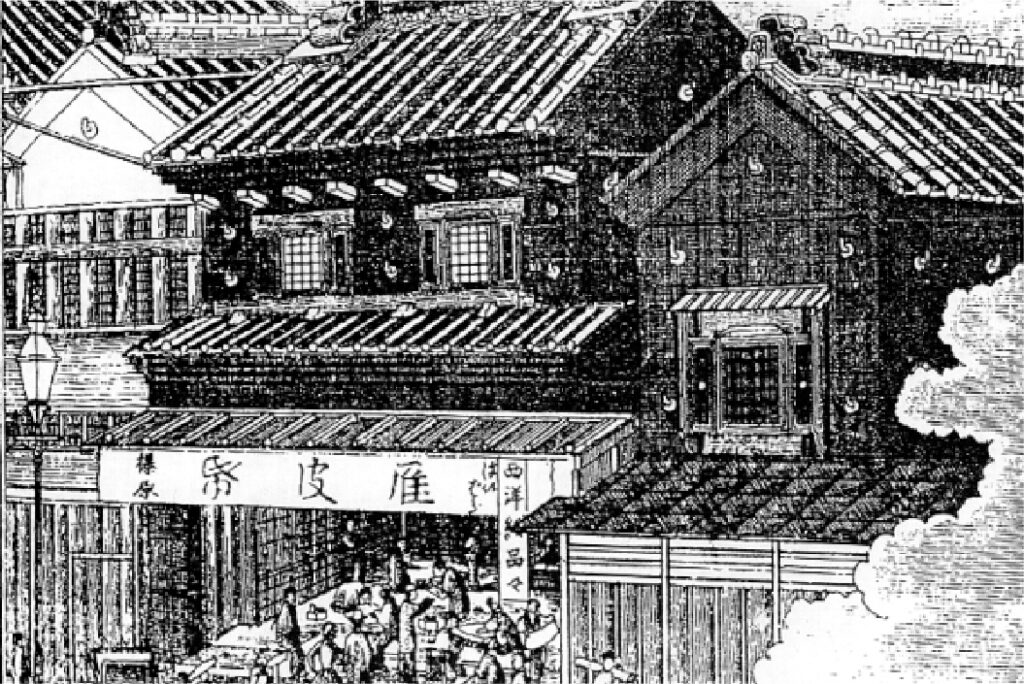
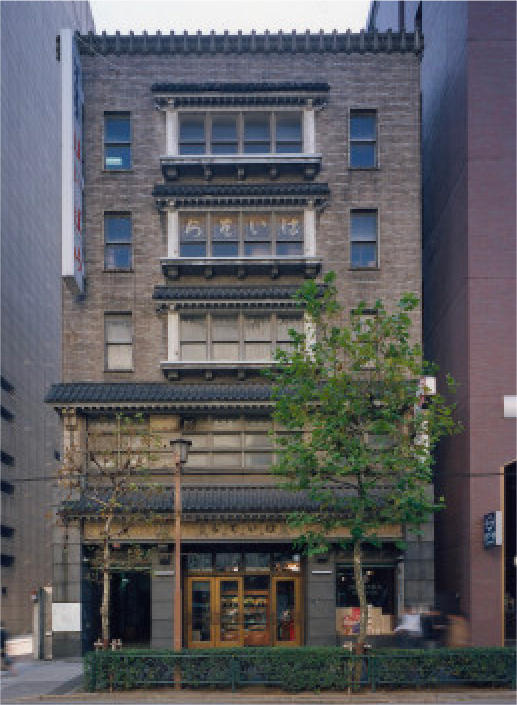
Combining tradition and digital technology to express the beauty of Edo in the modern age
Haibara had been based in Nihonbashi since its founding before it moved to the site of the Tokyo Nihonbashi Tower on the corner of Eitai Street and Chuo Street. It was due to the redevelopment of the Nihonbashi 2-chome north district.
In 2015, it built a new building to house the store. The stately black cubic building with its eye-catching sculptured exterior walls is the current Haibara’s Nihonbashi main store.
Haibara focused on combining traditional handcrafts with digital fabrication in constructing the new building.

What is “Digital Fabrication”?
It is a technology to create products based on digitized blueprints and images by digital machine tools such as 3D printers and laser cutters, using various materials such as wood and resin.
How did traditional handcrafts and the latest digital technology merge in this process to express the “Edo aesthetic” in the modern age? We will introduce the process.
The new store construction project started.
In 2011, a new store construction project started along with the redevelopment of the Nihonbashi 2-chome north district. After many discussions, the new store’s concept was decided: “How can the traditions and Edo beauty that Haibara has cultivated be conveyed to the modern world through the new store?”
The motifs for the exterior of the new store building are “dozo-zukuri” from the time of Haibara’s founding and its signature “colored glass” pattern.
For the exterior design of the building, we wanted to use motifs that would represent the “Haibara style” as a motif. What came to our mind were the “dozo-zukuri,” the storehouse structure, and “colored glass.”
When Haibara was founded in 1806 during the Edo period (1603-1868), its store was in the traditional Japanese style of dozo-zukuri (storehouse construction). In addition, Haibara’s own designs, with its signature chiyogami pattern of “colored glass,” have been loved by many customers as a design to decorate a variety of products.
With these backgrounds in mind, we designed and arranged a building with the motif of the traditional “dozo-zukuri” and “colored glass” using new-age technology.
3D Kawara Brick by roof tile molding artisans x brick firing artisans x 3D digital mold processing
After deciding on the design, we used digital fabrication to design and manufacture a three-dimensional mold as the digital technology base called “3D Kawara Brick”.
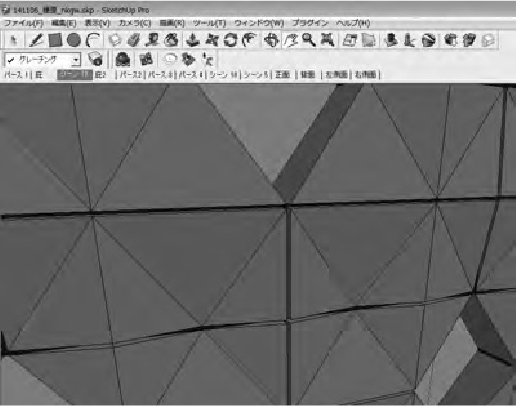
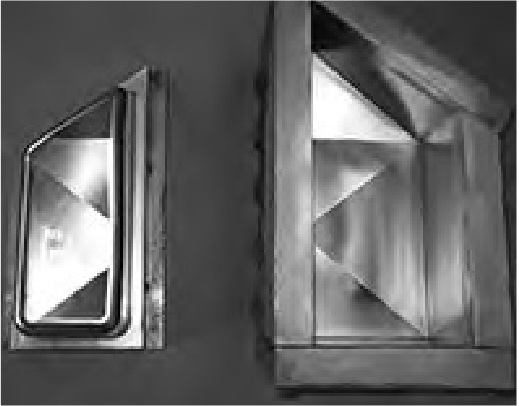
The molds created with 3D technology are passed to the roof tile artisans, who use high-quality “Mikawa soil” to form them into multi-faceted soil blocks. Then brick artisans use their firing techniques to complete the 3D Kawara Brick, which has a color and style reminiscent of “dozo-zukuri,” and a richly expressive “colored glass” flavor.
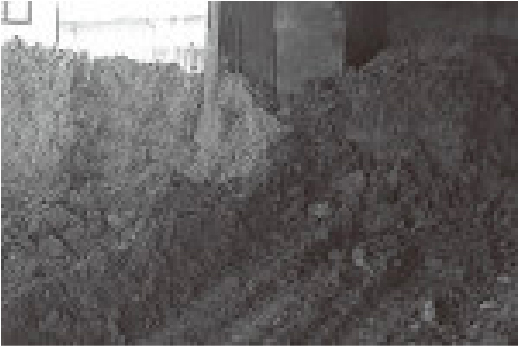
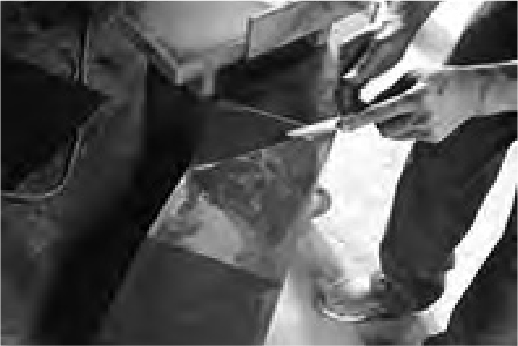
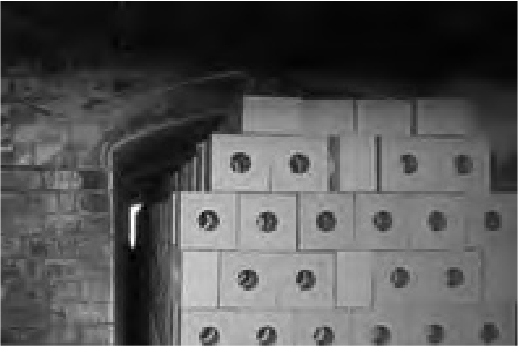
With its eye-catching, sophisticated “ibushi-gin” appearance, the new store won the Good Design Award.
In working on this innovative method of fusing craftsmanship and digital technology, we had to overcome many obstacles and devise many creative ideas. For example, in the beginning, the roof tile artisans struggled to stabilize the molding process.
However, the artisans found a solution by making full use of the knowledge and techniques they had cultivated over many years, such as devising the molds so that the molding would be stable while maintaining the three-dimensional design.
In addition, to create a Japanese-style architectural texture reminiscent of “dozo-zukuri,” the artisans chose the traditional “ibushi-gawara” firing method to express a skillful technique known as “ibushi-gin” (oxidized silver).
These traditional techniques and the spirit of the artisans resulted in a one-of-a-kind building with a variety of diamond-shaped patterns that change in appearance as the light hits it over time.
The new store, which reopened in May 2015, received the 2016 Good Design Award for its combination of tradition and innovation.
Store: Exterior
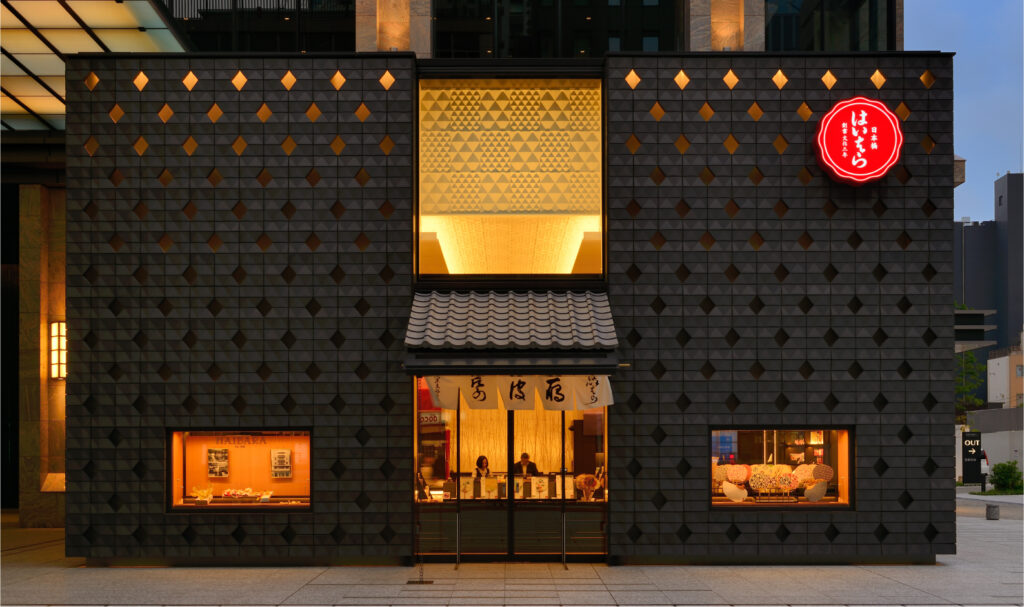
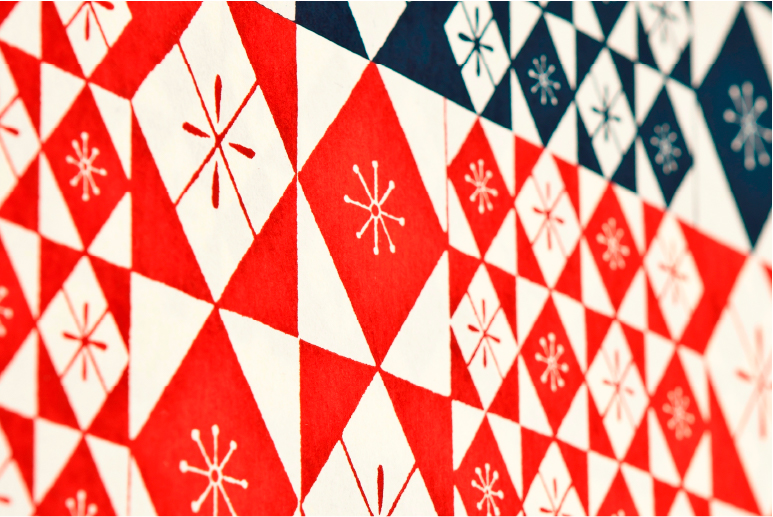
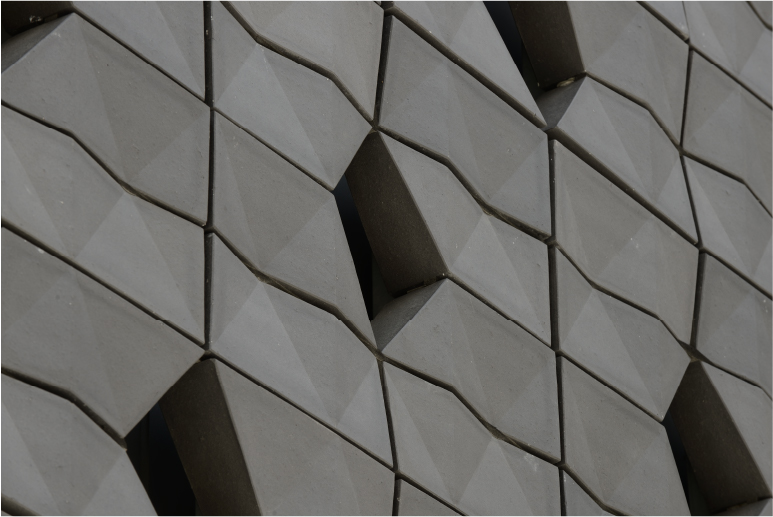
Store: Interior
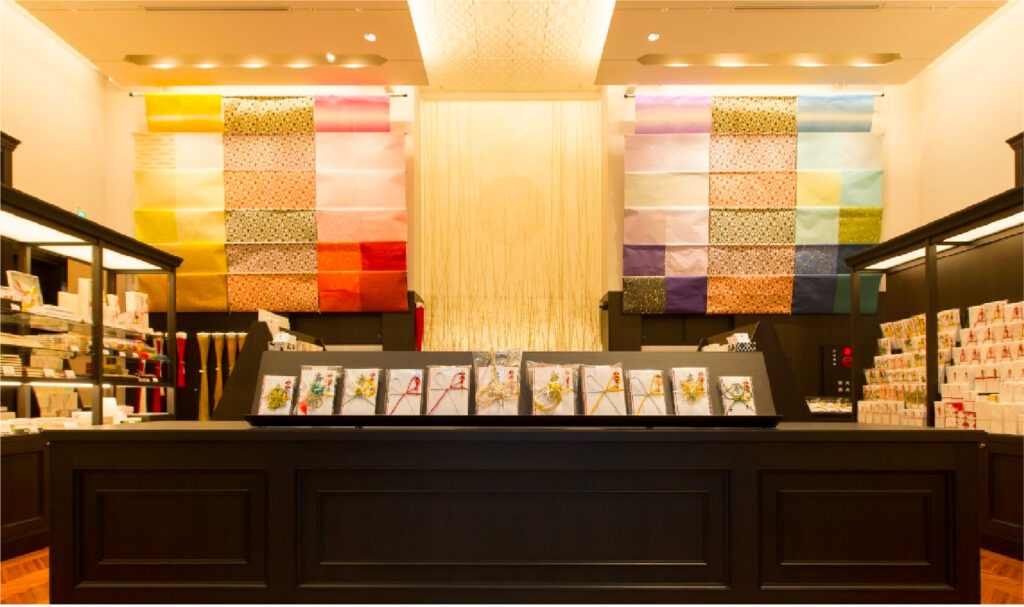
In addition to the exterior, the store’s interior combines traditional techniques with digital fabrication technology. Upon passing through the noren curtain (a traditional Japanese door curtain), you will be welcomed by large-sized hand-made washi paper made by Echizen washi artisans and traditional large-sized chiyogami from Haibara displayed at the front in the store.
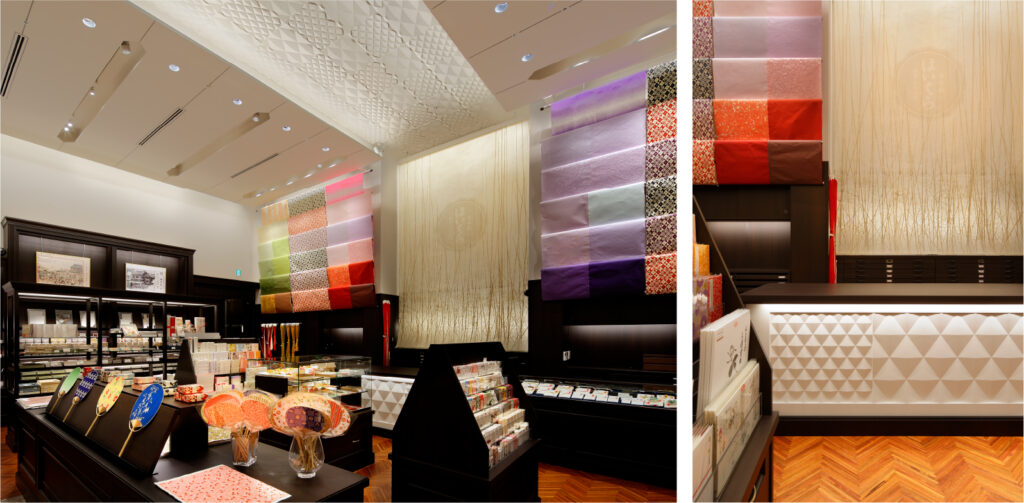
On the ceiling and fixtures in the store, we installed 3D digitally processed polyhedral relief plates featuring “colored glass,” a traditional Haibara motif. (The polyhedral relief plates are realized by the digital design of patterns and digital fabrication using a 3D machine tool.)
Award History
| 2016 Good Design Award 《Award》 | Organizer: Japan Institute of Design Promotion |
| 2016 SDA Award《Selected》 | Organizer: Japan Sign Design Association |
| Interior Planning Award 2016 《Selected》 | Organizer: Japan Interior Planners Association |
Access・Map
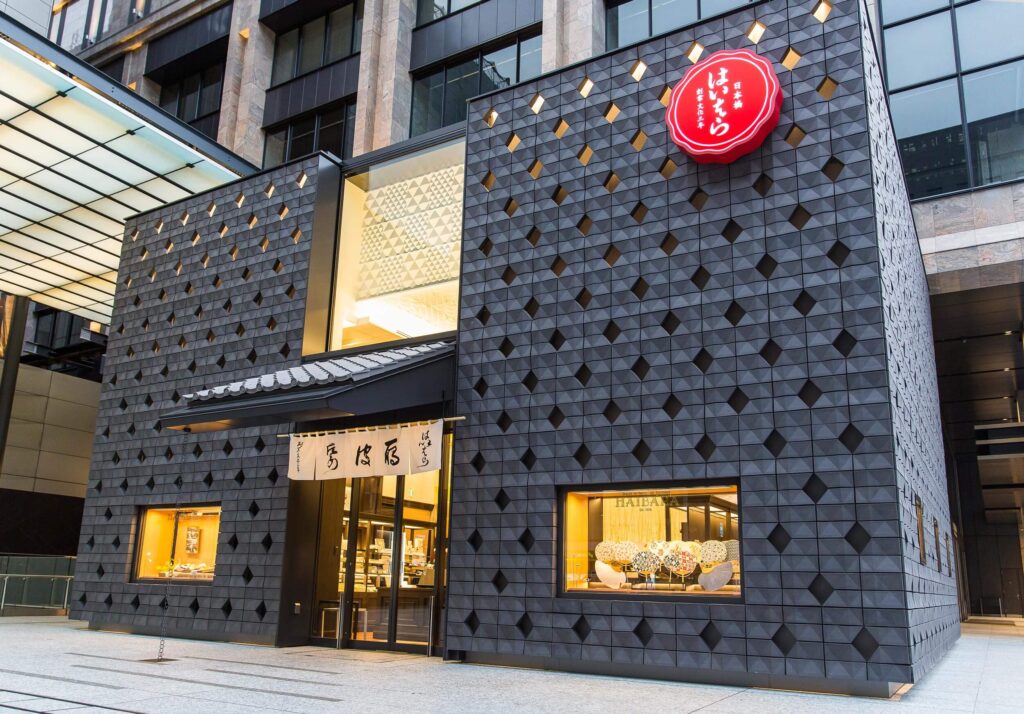
| Adress | 2-7-1-chome Nihombashi, Chuo-ku, Tokyo Tokyo Nihombashi Tower |
| Contact information | info@haibara.co.jp |
| Business day | 《OPEN》 Mon.-Fri.10:00~18:30 Sat.-Sun.10:00~17:30 《CLOSE》 Public holidays |
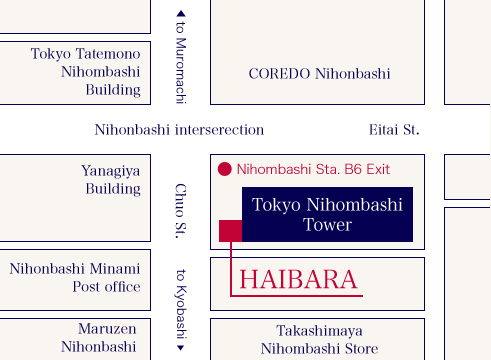
Nihombashi Station (Ginza line,Tozai line,Toei Asakusa line)
30 Seconds walk away from B6 Exit.














 Instagram
Instagram facebook
facebook X(旧Twitter)
X(旧Twitter) Youtube
Youtube note
note